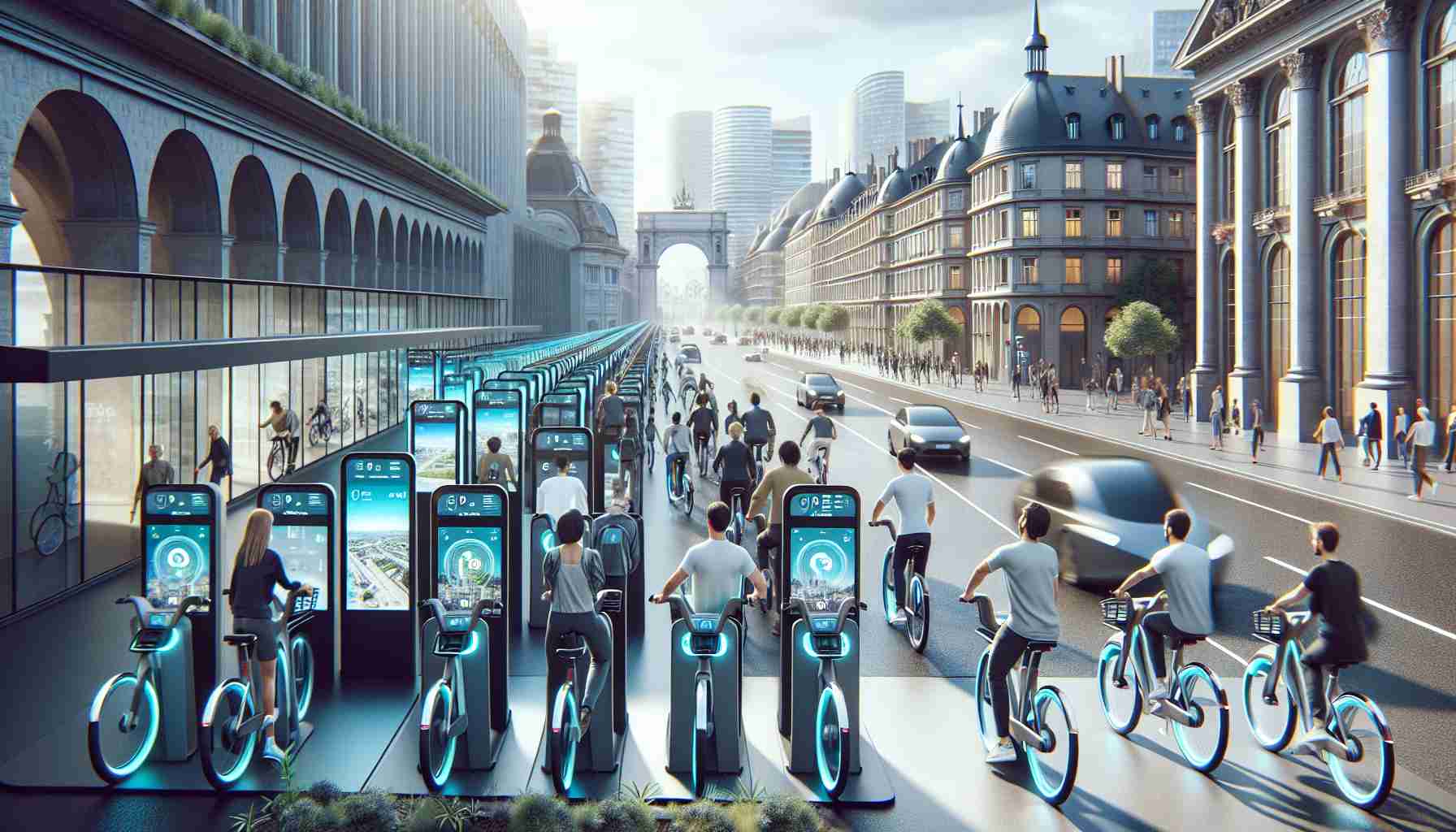Véligo Expansion Envisioned for 40,000 Bike Fleet
The urban landscape of Europe is about to witness a revolutionary transformation in the realm of bike sharing. The next phase of Véligo, the largest bike rental network in Europe, is set to unfold with a potential expansion to a staggering fleet of 40,000 bikes. The move signifies a bold step towards enhancing sustainable urban mobility across the region.
Redefining the Role of Bike Operators
The operator consortium tasked with managing Véligo will not only oversee bike preparation, maintenance, and delivery but also delve into new territories. Apart from expanding the bike fleet, the consortium’s responsibilities will extend to managing specialized “Bike Hubs” dedicated to promoting biking culture and enhancing user experience. Plans are in motion to establish 40 fixed and mobile Bike Hubs throughout the region, aiming to create a vibrant cycling community.
Pioneering Sustainable Transportation Initiatives
As the driving force behind this innovative project, Île-de-France Mobilités is committed to fostering sustainable mobility solutions. By championing biking, carpooling, and car-sharing initiatives, the authority seeks to offer viable alternatives to individual car usage. This strategic shift aims to alleviate traffic congestion while bolstering eco-friendly transportation options. However, challenges remain in terms of upgrading metro and RER networks alongside expanding bike infrastructure.
Looking Towards a Greener Tomorrow
With ambitious targets on the horizon, including the establishment of 140,000 bike parking spots near transit hubs by 2030, the future of urban mobility in Europe appears promising. The evolution of Véligo underscores a collective effort towards creating a greener, more sustainable future for urban dwellers. As these initiatives take shape, the vision of a seamless, multimodal transportation system within reach becomes increasingly tangible.
Revolutionizing Urban Mobility: Unveiling Key Questions and Challenges
As Europe delves deeper into revolutionizing urban mobility through bike sharing programs like Véligo, several important questions arise that shed light on the future trajectory of sustainable transportation in the region:
1. How Will Cities Address Infrastructure Challenges?
– While expanding bike fleets and creating bike hubs are crucial steps, cities must also focus on developing adequate infrastructure to support a surge in bike usage. Ensuring safe cycling lanes, bike parking facilities, and integration with existing public transport networks will be vital.
2. Are Regulations and Safety Measures Keeping Pace?
– With the rapid growth of bike sharing services, regulatory frameworks and safety measures need to evolve accordingly. Questions around helmet usage, traffic laws, and liability in case of accidents must be carefully considered to promote a secure environment for cyclists.
3. What Is the Economic Viability of Bike Sharing Programs?
– Sustainability not only pertains to environmental impact but also economic viability. Exploring the long-term financial sustainability of bike sharing initiatives, including maintenance costs, pricing models, and revenue sources, is crucial for their continued success.
Advantages and Disadvantages of Revolutionizing Urban Mobility Through Bike Sharing
Advantages:
– Environmental Benefits: Promotes eco-friendly transportation methods, reducing carbon emissions and contributing to a cleaner environment.
– Promotes Health and Well-being: Encourages physical activity and reduces sedentary lifestyles, promoting better health outcomes for individuals.
– Cost-effective Transport Option: Offers a relatively affordable mode of transportation compared to owning and maintaining a private vehicle.
Disadvantages:
– Infrastructure Challenges: Inadequate cycling infrastructure can pose safety risks and deter potential cyclists from using bike sharing services.
– Weather Dependency: Inclement weather conditions can impact bike usage, leading to fluctuations in demand and potential service disruptions.
– Regulatory Complexities: Navigating regulations related to bike sharing operations, insurance requirements, and liability issues can present challenges for operators and users alike.
For further insights on the evolving landscape of urban mobility and bike sharing initiatives in Europe, you can explore the website of the European Cyclists’ Federation at ecf.com. This platform offers a wealth of resources on sustainable transportation practices and policy advocacy for cycling infrastructure development.


















